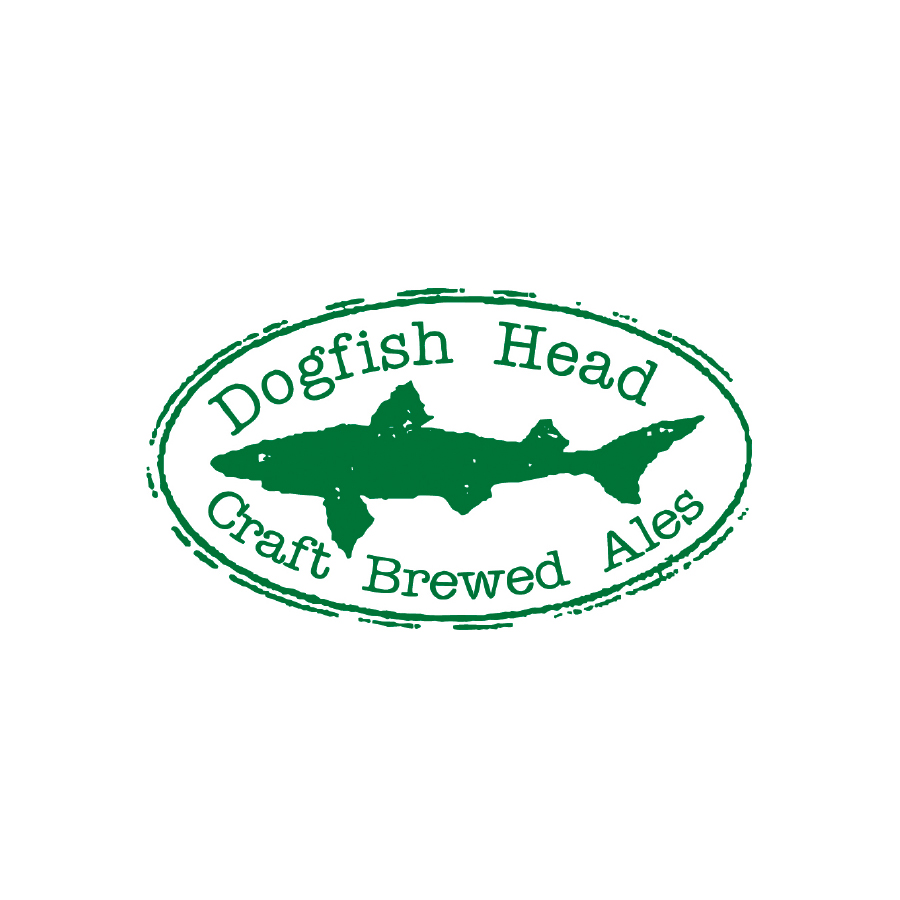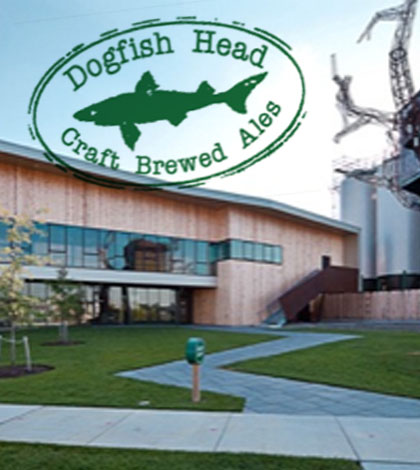

When any item sits in one place for a length of time, including target odor sources, it will create a scent cloud (or a cloud of scent that moves outward, with the most condensed odor being the source itself). This is also known as a “positive indication.” As a handler, these signals are critical to watch out for when working your dog:Ī head turn occurs when a dog hits the edge of target odor, and consequently “snaps” its head in that direction. As handlers, we can read the dog’s behavior as they work detection problems to paint a picture of what odor is doing in a particular area or detection scenario.Īlthough working styles differ from one detection dog to another, there are certain key body language signals that a majority of K9s will display once in odor. Even though they cannot see how odor moves, they do smell it and move their bodies in such a way that allows them to trail odor to the source’s scent cloud. Odor molecules behave in a similar manner, and this provides detection dogs with a way to locate where odor is coming from. The smoke leaking out is then carried in various directions by the wind. During handler school, we demonstrate this using smoke bombs and cars: the smoke bomb fills the car and is emitted through the seams of the vehicle. Odor molecules move similarly to smoke, as they move with air currents and pool in closed off areas just like smoke does. In order to understand these behaviors, it is important to first understand the basics of how odor works and moves.

There are certain behaviors, however, that most dogs will display to varying levels when in the presence of target odor.

Not only will this assist you directly during deployments, but will make your dog’s indication irrefutable in court.Įvery detection dog works differently, and changes of behavior will vary from one K9 to another. It will also communicate that there is, or was, something of interest there but something is interfering with the K9s ability to target the exact location of source.īy being able to read your dog’s change of behavior, you will know with 100% certainty that your dog is indicating on target odor, and you will be able recognize exactly where the odor is coming from. Being able to identify the moment that your K9 goes into odor will allow you to mark that your dog showed interest in that specific area (in case you re-run them, send another K9 through or send a human team in to analyze the area in more detail). It is more critical, however, to be able to recognize the moment that it happens and how long they are in odor for. In order to be the most effective detection dog handler possible, it is critical to understand the importance of identifying a COB, or that moment when your dog goes into odor (and what is occurring during that time). It is not only important to recognize your dog’s change of behavior in case they go into odor but do not indicate (this may signify the presence of residual odor, or that target odor is there but something is interfering with the K9’s ability to identify the exact location), but also in case a K9 “falses” (where they display their final indication but no target odor is present). In the presence of a trained target odor – even if conditions may not be ideal – a detection dog will demonstrate what’s called a “change of behavior (COB).” At its most basic form, this means that a dog’s body language will change once it goes into odor, which typically always happens just prior to the performance of their trained final response.

Occasionally, a K9 will be confronted with significantly more or less odor than they have been trained on, or there may be other environmental factors (such as target odor placement, air movement, etc.) that can cause them to not provide their handler a TFR. It is critical to know when your K9 has identified a target odor source, and where exactly that source is located, but many factors can interfere with a dog performing their final response. Many detection dog handlers watch almost exclusively for one thing when they are working their dog: the indication, or TFR (trained final response).


 0 kommentar(er)
0 kommentar(er)
